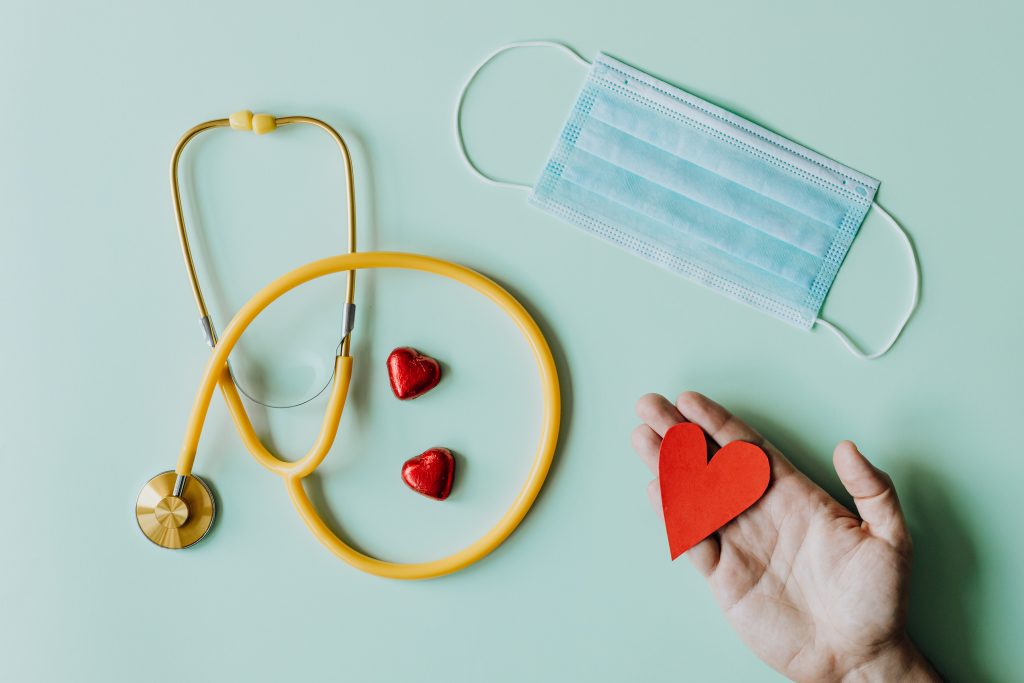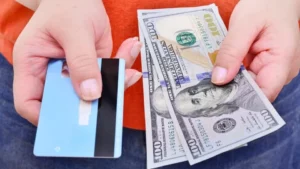Pain at work can be very uncomfortable, even very disabling. And can lead to other health concerns in the long term. The health of our feet at work starts with safety shoes. We suggest you read this article with tips on how to prevent and relieve Treating Foot Pain.
Read more about Father of Biology then visit the given link. We have written extensive topic on who is the father of Biology.
Foot Pain at Work
Waiters, construction trades, household helpers, and many more are jobs that cause foot pain. Indeed. The standing position and the steps taken per day in these trades place enormous demands on the feet and pain can appear in the soles of the feet, toes, ankles, or heels. When the shoes are not suitable and are uncomfortable this is where the Treating Foot Pain appears. Therefore, it is important to worry about the health of our feet at work, including wearing safety shoes.
To give a few figures, foot pain affects around 65% of French people. But only 30% of people are referred to their podiatrist.
Foot pain is often not taken seriously and can lead to the declaration of other pathologies; so, do not hesitate to consult if these pains are too recurrent before. They become disabling to carry out their professional activity.
What Occupations are Vulnerable to Foot Problems
As explained previously, trades subject to foot problems will be trades where the feet are used all day. Namely, trades that require standing, those which require walking. Or those which induce daily trampling are the most subject to this type of Treating Foot Pain.
The footwear is therefore important. But it must be correlated with good work positioning because the work position is also a source of pain for many people. Servers, for example, spend their days going back and forth between the kitchen, the dining room. And the terrace and remain standing between times when they must move. This profession is therefore particularly exposed to the development of foot pain.
The construction trades will also require a standing station and incessant back and forth during the day. Finally, a nurse will also be forced to move from room to room throughout the day.
You will understand that a lot of trades are exposed to foot pain. But, in concrete terms, what pathologies can we develop?
Sore feet at work: what pathologies?
Sore feet, okay, but what do we mean by that? This designates a wide spectrum of pathologies, ranging from a simple blister to tendonitis. Or in certain serious cases where the pain has not been taken seriously, fatigue fractures can occur. When we wear unsuitable shoes, one of the effects on our feet will result from sweating. This will generate a phenomenon of maceration which will promote the appearance of skin lesions such as warts or mycoses (fungi of the skin).
Another problem with bad shoes: friction which will promote the appearance of blisters, but not only. If the friction is too regular. We will be able to observe the appearance of calluses which will develop into corns or calluses. This is an excessive thickening of the skin at the point of friction to protect the area. These skin lesions can already be very disabling in daily activity and make it very painful to achieve it. Professional activities that strain the feet can be the cause of several pathologies.
Here is a comprehensive list of the most frequent:
- Morton’s syndrome (irritation of a nerve in the foot from repeated rubbing),
- plantar fasciitis (inflammation of the tissue membrane of the sole),
- hallux valgus (deviation of the big toe causing inflammation of the surrounding tissues),
- Freiberg’s disease (necrosis of the base of a toe),
- heel pad (contusions of the soft parts of the heel),
- inflammation of a tendon due to overuse (tendinitis),
- Stress fracture (spontaneous fracture).
Tips for treating foot pain
Foot pain is not inevitable, and there are practical solutions to prevent and relieve them. Does your job require prolonged standing or constant trampling? Do not hesitate to read the rest of this article, the advice detailed there may be of interest to you.
Tip 1: which safety shoes to choose from at work?
We have been talking about safety shoes since the start of this article. But what exactly are they and how do you choose them?
Safety shoes take care of the health of our feet and, by extension. That of our body since the feet are the foundation of our body on which we rest all day long. A safety shoe is, above all, a comfortable shoe, in which one feels comfortable. It should not be too tight. But it should still provide a sufficient foot drop brace to avoid the risk of sprain or fracture.
The comfort of their shoes is one of their priorities. This allows you to have a comfortable fit. Work to feel good in your body and therefore good in your head. A comfortable shoe meets the criteria of lightness, cushioning, stability, and finesse. For example, the Phantom S1P model from S24 has the properties of 80% lightness (430g for a size 42). 70% cushioning (compacted microfilament soles), 90% stability (rubber outsole allowing grip on any type of soil). And 90% fineness (treated insoles and including hygiene components to prevent the appearance of fungus and blisters).
Finally, in the world we live in, appearance has become very important, comfortable shoes have long been quite unsightly. S24, therefore, emphasizes the appearance of their shoes so as not to privilege comfort over appearance.
Tip 2: good practices for relieving foot pain
Several methods and good practices exist to relieve our sore feet:
- The first may seem very simple, but it is to take off your shoes and walk barefoot. When walking barefoot, it exerts a natural massage of the arch of the foot. This massage will stimulate the nerve endings while acting on the venous return. Which will have an action on the Treating Foot Pain.
- We can perform this massage of the arch of the foot with a tennis ball under the foot. Which will allow the same action of stimulation of the nerve endings as well as the venous return.
- Always in this perspective of venous return to lying down by raising his legs perpendicular to. Our body also allows a good venous return.
- Venous return is often blocked by shoes that are too tight, so it is important not to over-tighten your laces.
- It may be beneficial to put talcum powder or use a roll-on deodorant in your shoes to absorb perspiration. And avoid the phenomenon of maceration.
- Taking a foot bath with lukewarm water (approximately 20 °). While adding coarse salt will relax the muscle fibers and disinfect the skin after a day of maceration.
- Putting an ice pack on the feet will also reduce the significant blood flow after a long day. And reduce the painful sensation.
- There are shock-absorbing soles sold in pharmacies, to improve the comfort of our feet inside our shoes.
Tip 3: natural treatments to treat foot pain
Several natural treatments, whether specific or not, are concerned with the transformation health of our feet. Indeed, several therapies exist which take care of foot pain in particular:
- Chiropodist-pedicure: it is the doctor of the foot and the posture. It is he who will be able to prescribe orthopedic insoles. An appointment every two years will allow you to follow the evolution of the adaptation of the drop foot brace. It is very important to wear your soles when you need them because they will have action. Of course, on the feet but not only. They have a general impact on posture and therefore prevent. The appearance of pathologies or pain of the musculoskeletal system in general.
- Dermatologist: this is the doctor who will take care of any skin problems that our feet may encounter. Warts, fungi, or calluses on the feet, the dermatologist will be best able to treat you or see you reoriented.
- Acupressure: acupressure is a natural alternative medicine that, like acupuncture. Is based on the stimulation of specific points of the body to improve tension, better blood, and energy circulation as well as a reduction in pain. This family therapy near me is indicated in foot pain since several points of the body are connected to the feet. And their stimulation in acupressure generally obtains good results.
- Plantar reflexology: it is a therapy that, like acupressure. Uses the stimulation of specific points in the foot to relieve local or remote areas. Foot massage generally all about wellness and this is thanks to the hundreds of nerve endings of which it is composed. Plantar reflexology is indicated for the treatment of foot pain and the consequences it can have on the body.
- Yoga: yoga is not a therapy but more a sport that is based on the use of breathing allowing physical. And psychic relaxation. Many yoga exercises focus on the joint and muscle stability of the ankle. Which therefore allows better support and flexibility of the ankle joint which can prevent the onset of pain.
Tip 4: osteopathy to treat foot pain
Osteopathy is a natural manual medicine based on the use of precise manipulations which allow the diagnosis. The prevention, and the treatment of the functional disorders of the organism. Foot pain is a frequent reason for consultation in osteopathy. And although they are not necessarily the reason for the patient’s arrival, it is very common for the osteopath to go and check the proper functioning of your feet/ankle.
The feet are the support of our body. Our personal and professional lifestyle will exert a huge influence on our feet, one of the main postural sensors. The feet are often the cause of bodily dysfunctions which will disrupt the good overall mobility of the body. And conversely, upstream dysfunctions will exert an influence on our feet. The osteopath can relieve the feet by going to investigate in particular:
*Mechanical system: to ensure good mobility of the musculoskeletal system
- With particular attention to the feet, knees, pelvis, and spine.
*Postural sensors: to ensure that these sensors are functional and that one does not disturb the other
- Jaw, eyes, feet.
*Skull: to ensure the proper functioning of the vegetative system and the cranial nerves managing balance and posture
- Occiput, temporals.





More Stories
6 Best Exercises to Strengthen Your Heart
4 Signs You Might Have a Respiratory Infection
Information About Lima Beans And Health Benefits